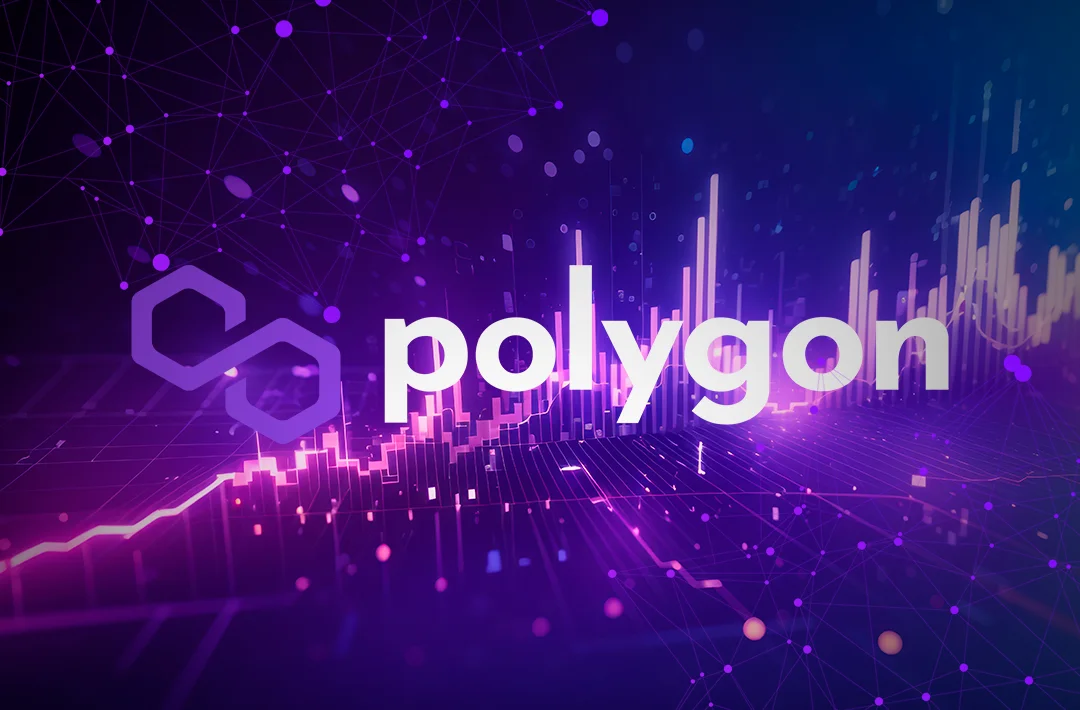Polygon's team to introduce a new native POL token on September 4
The asset will become the central element of the upgraded L2 network ecosystem and will be used for staking and fee payments

19.08.2024 - 11:20
2097
3 min
0
What’s new? The developers of the second-layer (L2) network Polygon based on the Ethereum blockchain have announced the date of replacing the native MATIC token with a new coin POL. The migration will take place on September 4. According to the team, at the initial stage, POL will replace MATIC as the main token for staking and paying transaction fees in the Polygon PoS network, and in the future, POL will play a key role in the AggLayer protocol.
What else is known? Plans to replace the native token were first announced last year. POL will form the basis for an ecosystem of L2 networks using zero-knowledge proof (ZK) technology, and will also enable the implementation of a re-staking protocol, with which asset owners will be able to block it simultaneously in several networks and receive additional rewards.
POL is part of the PIP-17 network improvement proposal, supported by the community. Community members believed that the development of Polygon as an aggregated blockchain requires a new token with expanded utility, the developers’ blog notes.
Polygon Labs first announced the development of a new Polygon 2.0 ecosystem on June 29 last year, the goal of the initiative is to increase scalability without compromising security. This ecosystem, in addition to the new token, will use ZK to verify transactions between networks.
The POL token will work across all Polygon protocols, including PoS, zkEVM, and Supernets, and will allow validators to secure transactions across different networks.
MATIC holders in Polygon PoS contracts and MATIC staking participants on the Ethereum network will receive the new tokens automatically, while MATIC holders on Ethereum, Polygon zkEVM, and centralized crypto exchange (CEX) accounts will need to send their tokens to a special smart contract that will return an equivalent amount of POL.
Users who do not have the technical knowledge to interact with the contract can use a third-party decentralized exchange (DEX) aggregator such as 1inch, Kyber, or CowSwap. It is also noted that if users do not upgrade the RPC settings in a crypto wallet such as Metamask, Rabby, or Zerion, the new token may appear under the old MATIC ticker after the migration.
There is currently no deadline for MATIC holders on Ethereum and Polygon zkEVM to migrate to POL, but the community may set a deadline in the future. It was previously reported that the team allocates at least four years for the upgrade process, which will allow holders to adapt to the new asset
Users who do not want to upgrade their MATIC staked to POL must unlock the coins on Ethereum before September 1. The team reminded that withdrawals take 48 hours, and this must be done in advance. After the upgrade, staking coin holders will continue to receive rewards in new POL coins.
Also on September 4, all liquidity pools will be upgraded from MATIC to POL. DeFi app developers are encouraged to start using price oracles for POL to ensure accurate price information, stop using MATIC and wMATIC designations in app interfaces, and create the necessary infrastructure to support POL on Ethereum and zkEVM, including liquidity pools and smart contracts.
As for AggLayer, this is a special aggregation layer for creating L2 networks and pooling liquidity in Ethereum and Move Virtual Machine (MoveVM)-based blockchains.
MATIC ranks 28th in the overall rating of cryptocurrencies by market capitalization with an indicator of over $3,89 billion. The asset is trading at $0,4191, having gained 1,4% in a day. The weekly growth was 0,3%, but since the beginning of the year, the asset has lost 57%.
Useful material?
Market
According to the preliminary plan, the free coin giveaway will take place in January 2025
Dec 27, 2024
Market
The fund’s issuer will be Donald Trump associate Vivek Ramaswamy’s Strive company
Dec 27, 2024
Market
Digital assets have made it easier to conduct transactions in the face of sanctions
Dec 25, 2024
Mining
The restrictions are designed to maintain the balance of energy consumption, taking into account the demands of the industry
Dec 24, 2024
Market
Due to supply shortages, the asset’s pre-market exchange rate was climbing above $1000
Dec 16, 2024
Incidents
Reports about the hacking of the exchange with calls to withdraw assets began to spread on December 13
Dec 13, 2024









 Telegram
Telegram  Twitter
Twitter